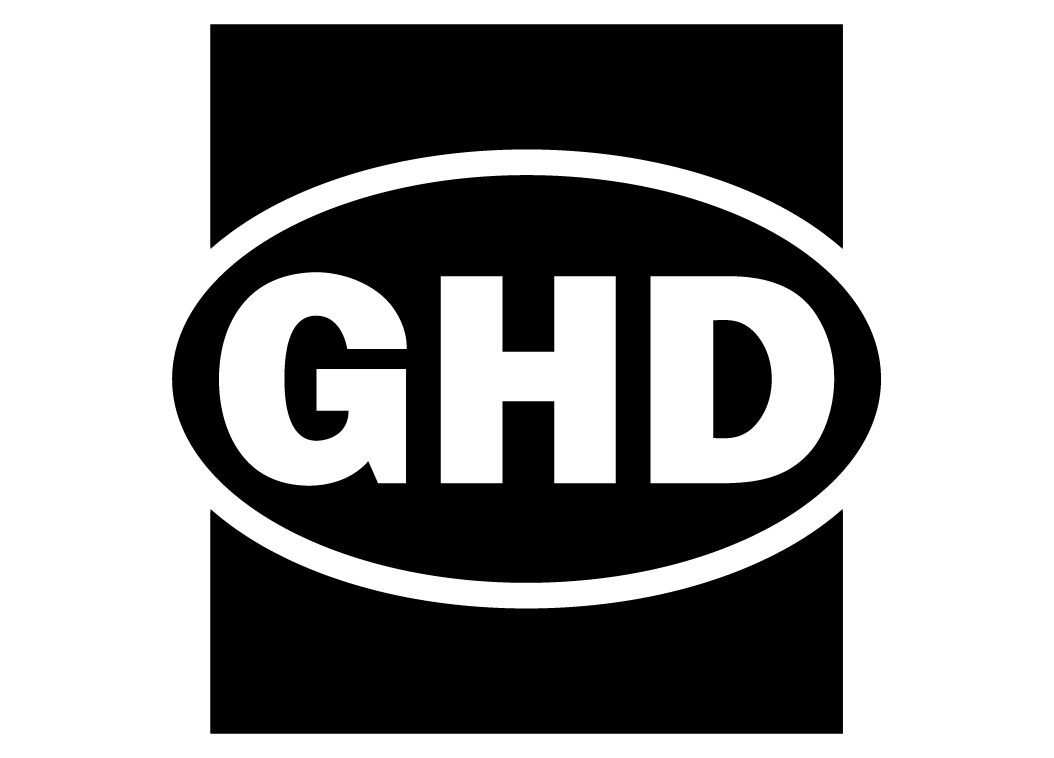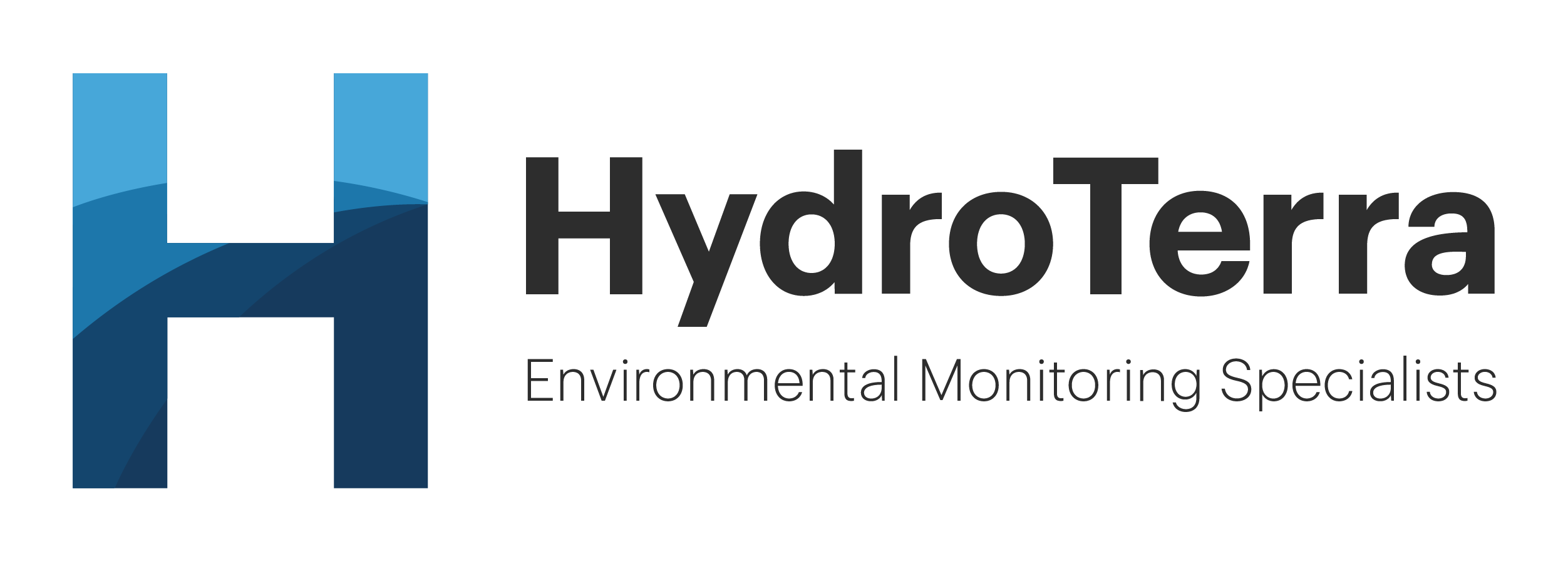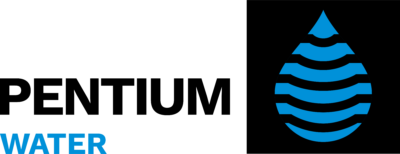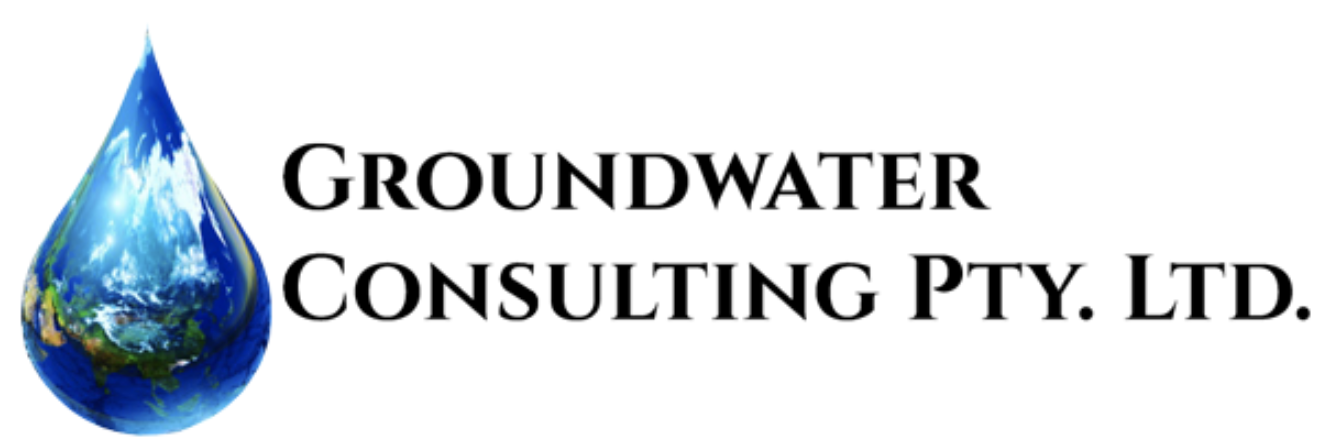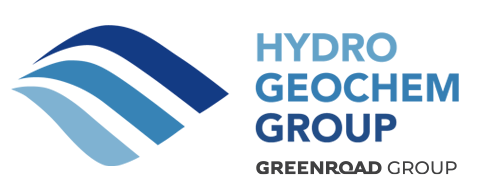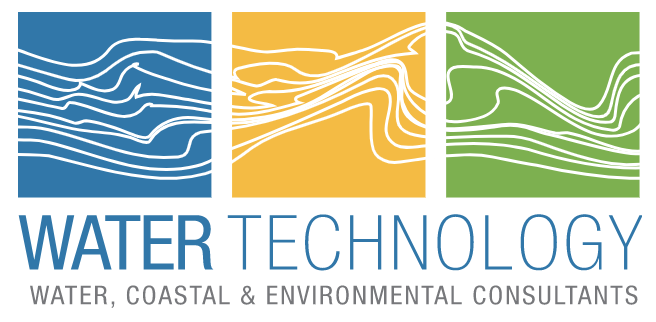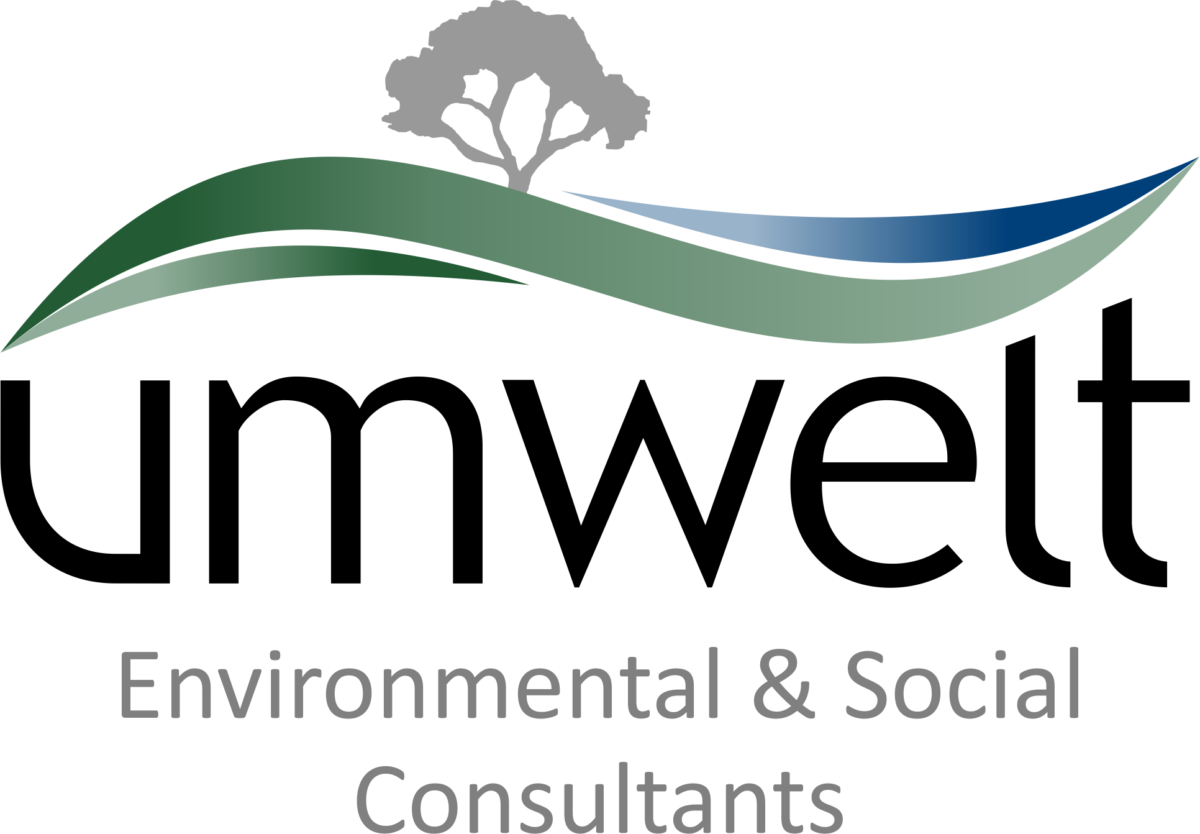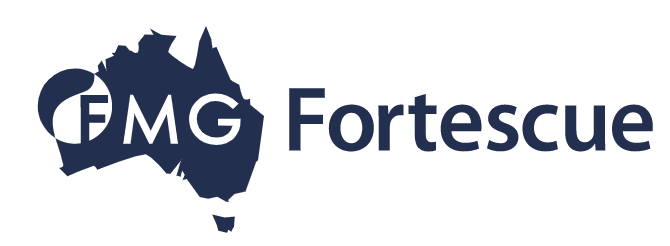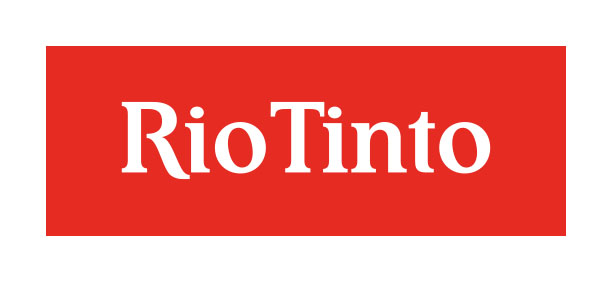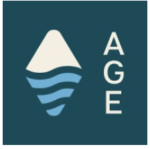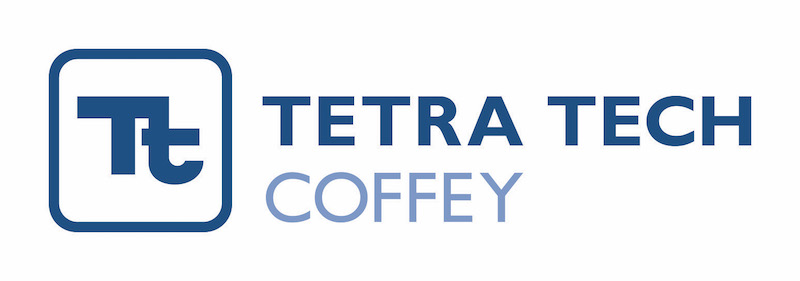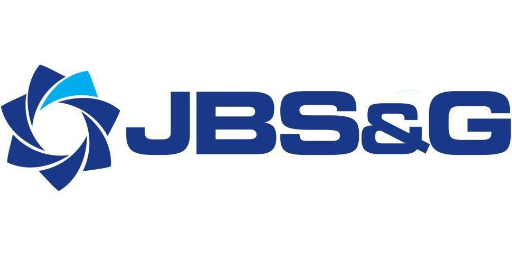Wednesday 20 November 2013
5:30 socialising, 6:00 pm program start
The Melbourne Hotel, corner of Hay and Milligan Streets
The Western Australian Chapter will hold their Annual General Meeting and the 2013 Student Night at the Melbourne Hotel.
This is an important opportunity for you to get involved and become a committee member for 2014. Last year’s committee, and nominations for 2014 are shown below. Note that you can nominate yourself (or a friend, with their permission) for ANY position on the board. The position descriptions are shown on a separate page. Fill out the nomination form: IAH_CommitteeRolesPositions_NominationForm_2014.doc and BRING IT ALONG or mail it to the Secretary Mariajose Romero-Segura. You can also get a form on the night (and even a pen).
We will also be going out to dinner afterwards as a group to the Melbourne Hotel. Please let Mariajose Romero-Segura if you’d like to join the fun so we can reserve tables.
|
Position |
Current Officer |
Nomination |
Retiring |
| Chairperson – State Liaison | Grant Bolton | Grant Bolton | |
| Vice Chairperson | Ian Brandes de Roos | Ian Brandes de Roos | |
| Secretary | Mariajose Romero-Segura | Mariajose Romero-Segura | |
| Treasurer | Peter de Broekert | Peter de Broekert | |
| Meetings Secretary | Carl Davies |
Carl Davies |
|
| Ministerial Liaison | Jed Youngs | Keith Brown |
Jed Youngs |
| Education Representative | Ryan Vogwill | Ryan Vogwill | |
| Media Liaison | Robin Smith | Robin Smith | |
| Membership Champion | Genevieve Marchand | Genevieve Marchand | |
| Presenter and Seminar Coordinator | Geoff Pettifer | Pauline Amez-Droz | |
| Presenter and Seminar Assistant | Geoff Pettifer | ||
| Sponsorship Champion | Bradley van Blomestein | Bradley van Blomestein | |
| Newsletter Champion | Keith Brown | Keith Brown (combined with Ministerial liaison) | |
| Newsletter Assistant | Gillian Hurding | Pauline Amez-Droz | Gillian Hurding |
| Web Champion | Lynn Reid | Eduardo de Sousa | Lynn Reid |
| Web Assistant | John Enkelmann | Lynn Reid and John Enkelmann | |
| State Liaison | Philip Commander | Philip Commander | |
| ECHN Champion | Rachel Wroe | ||
| Student Champion | Gemma Bloomfield |
Presentations will follow the AGM. Three students will present their research and vie for a $500 prize. Their research topics and a brief abstract are shown below.
Alexander Salomon – Honours Student Curtin University
Distribution and possible sources of high nitrate concentrations in groundwater aquifers used for potable supply in Aboriginal communities, Central Western Australia.
High levels of naturally occurring nitrate are present in many of the groundwater aquifers which supply potable water to remote Aboriginal communities of the northern Goldfields and southern Pilbara regions. Recent monitoring conducted by the Remote Areas Essential Services Program (RAESP) has indicated that concentrations in some communities far exceed the Australian Drinking Water Guideline (ADWG) health thresholds. Nitrate levels also fluctuate significantly over time, with possible links to climate, making it difficult to plan and implement treatment processes to reduce nitrate concentrations in the potable supply. While nitrate contamination is usually associated with anthropogenic sources, it is suggested that the high concentrations of nitrate in central Western Australia are naturally occurring due to the low population density and highly isolated and pristine nature of these communities. Three potential nitrate sources have been identified, including nitrogen fixation by bacteria on the roots of Acacia species, solubilisation of ammonia rich waste metabolites from termite mounds, and nitrogen in the surrounding geology (in particular evaporite deposits and organic rich sediments). Leaching studies undertaken have demonstrated that, of the three potential source materials, termite mounds in particular may well be capable of producing leachate rich enough in nitrate to potentially affect the groundwater. It is hoped that a new understanding of the probable nitrate source will assist development of bore field management strategies that seek to minimise nitrate levels in potable supply.
Nicholas Wright – Honours Student Curtin
Hydrogeology and Hydrochemistry of the Unconfined Aquifer of the Broome Peninsula
To further the ongoing investigations in to the Lyngbya blooms in Roebuck Bay a hydrogeological and hydrochemical investigation of the Broome Peninsula was completed with significant results. The unconfined aquifer of the Broome Peninsula is made of an 8-12 m thick layer of Pindan Sand underlain by Broome Sandstone. A multifaceted empirical approach was taken to quantify the hydraulic conductivity of the surficial sediments, which suggested a horizontal hydraulic conductivity of 1.7 m/day for the Pindan Sand. Groundwater levels were typically elevated in the centre of the peninsula and were lowest near the ocean. This confirms previous investigations which indicated that groundwater outflow to the ocean occurs on all sides of the Broome Peninsula, excluding the area to the North East where groundwater inflow from the regional unconfined aquifer occurs. Given that most wastewater disposal sites are south of the centre of the Peninsula, any contamination present will be migrating towards Roebuck Bay.
Nutrient contamination was clearly identified and the associated submarine groundwater discharge (SGD) flux was estimated, including the likely range. In most instances these locations were directly linked to the wastewater treatment facility and wastewater disposal sites located within Broome. The causal relationship between nutrient contamination and Lyngbya blooms has been well established in previous works. The current study indicates that there is significant potential for nutrients from wastewater disposal in Broome to be contributing to Lyngbya blooms in Roebuck Bay via groundwater pathways.
John Hemson – Honours Student UWA
Interaction between waste fines and groundwater; implication on water quantity and quality of a Channel Iron Deposit aquifer.
The Rio Tinto (RTIO) Yandicoogina (Yandi) mining operation is located approximately 85km northwest of Newman within the East Pilbara shire, Western Australia. The mining operation consists of extracting profitable ore from the largest Channel Iron Deposit (CID) discovered worldwide. To meet market product specifications, the ore is refined through a beneficiation process, leaving a waste fines product that is stored on site as a slurry composition in purposely built waste fine cells (WFC’s) within the mined out CID. The aim of this study is to investigate the effect of storing the waste fines slurry in WFC’s on the underlying groundwater quality and quantity, in pit water levels and the dewatering regime; a prerequisite for improved water management on site.
An integrated investigation into aquifer hydraulics and environmental tracers; chloride (Cl-) and stable isotopes (Deuterium (δ2H), Oxygen (δ18O)) are used to trace and quantify seepage from WFC2. The water stored within WFC2 has increased Cl- concentrations, enriched δ2H and δ18O signatures in comparison to groundwater within the underlying aquifer. This is a result of the water stored in WFC2 being exposed to a high degree of evaporation. A shallow seepage flow path exists between WFC2 and the down gradient section of the CID as the Cl- concentrations and δ2H and δ18O signatures in the shallow monitoring bores and the down gradient sump approach those within WFC2. From December 2012 onwards; the water abstracted by the down gradient sump is 100% WFC2 seepage. An analytical WFC2 water balance as well as a Cl- and stable isotope mass balance has accurately quantified seepage into the underlying aquifer and the down gradient mining pits. Over time, as the volume of water stored within WFC2 increases, an elevated hydraulic head and a steeper hydraulic gradient has been created between WFC2, underlying aquifer and the down gradient section of the CID, resulting in greater seepage. Therefore, the seepage from WFC2 has caused elevated in pit water levels, manifested by increased sump pumping rates to maintain dry in pit mining conditions, allowing efficient extraction of the economic ore. Overall, this study has provided essential information to refine the RTIO Yandi water balance, an important requirement in the production of sustainable water management and the formulation of a realistic closure plan.



